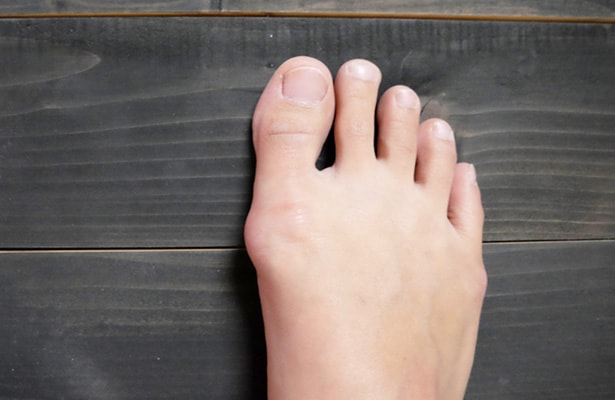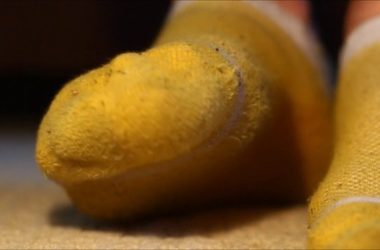Are you familiar with gout? It’s that painful swelling of the base of the big toe. Such is commonly caused by the consumption of foods and drinks that are high in purines like meat, shellfish and alcohol. Well, there is something that looks like gout but is not due to the diet, and it’s called a bunion.
Just like gout, a bunion can leave you in a great deal of pain!
If you like to learn more about a bunion, continue reading. After checking out this article, kindly share it on your different social media sites so that your family members and friends, too, can become more familiar with some of the most important matters about a bunion.
Cause
A bunion happens when your big toe is forced to push against your next toe. This is something that causes the joint at the base of the big toe to get bigger as well as pushed to the side. This results in a huge bump on the side of your foot, looking similar to gout.
There are a few different things that can cause a bunion to strike:
Putting on tight-fitting or narrow shoes, and it can also worsen a currently-existing bunion
Trauma or injury to the foot
A structural defect in the foot inherited from a parent
Arthritis or some other degenerative condition of the joint
Signs and Symptoms
Quite easily, a bunion can be readily mistaken for gout because both of these conditions affect the base of the big toe joint, plus they kind of look the same. But just like what’s mentioned earlier, they are different from each other in that they are caused by different things.
A bunion, just like gout, causes the base of your big to appear swollen. The skin in the area looks reddish, too. It looks painful because it is actually painful. The pain can either be intermittent or persistent, depending on the severity.
Needless to say, the movement of the affected big toe can be restricted. This is most especially true if the cause of a bunion is arthritis.
It’s not unlikely for calluses or corns to develop where the big toe comes into contact with the toe right next to it.
Complications
Unfortunately, a bunion doesn’t go away on its own. This is something that sets it apart from gout because gout is something that can disappear with the help of medications and dietary and lifestyle changes. According to health authorities, the only way to get rid of a bunion is through surgery.
A person can have a bunion and still live a normal life. Rarely does it cause any complication.
In some instances, however, a bunion may cause additional problems. One of them is what’s called bursitis, which is the inflammation of the fluid-filled sac in the joint of your big toe. Another complication that may strike is the so-called hammertoe, which is the abnormal bending of the middle joint of your toe and it can cause pain and pressure.
Treatment
In treating a bunion, the severity of the problem and intensity of pain it causes are taken into account. There are both conservative and surgical options available for a bunion.
For dealing with pain, OTC painkilling drugs may be taken. At times a doctor may recommend cortisone injections to help in alleviating both pain and inflammation. A drug-free remedy for pain is the application of an ice pack as necessary.
The use of a bunion pad and also putting on shoes that provide enough room for the bunion can help in fending off pain and discomfort.
If none of the conservative treatments offer considerable relief, then having a bunion surgically corrected is an available solution.













